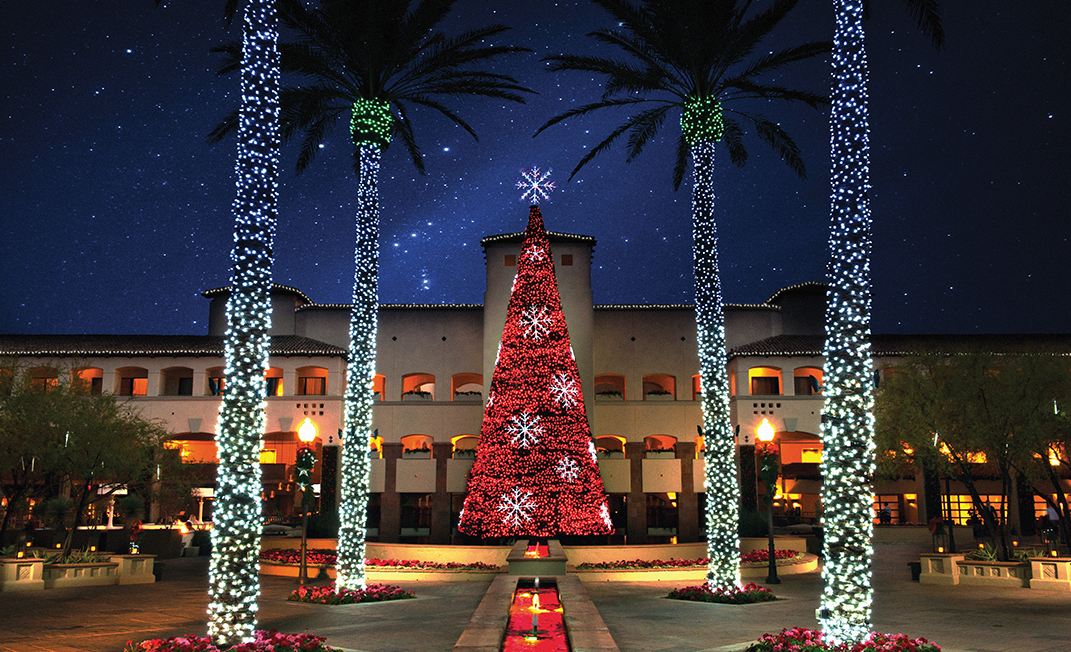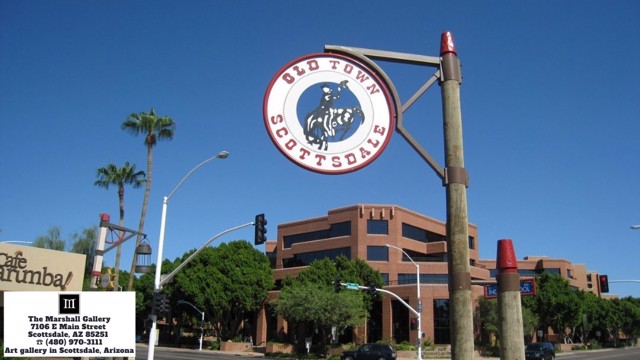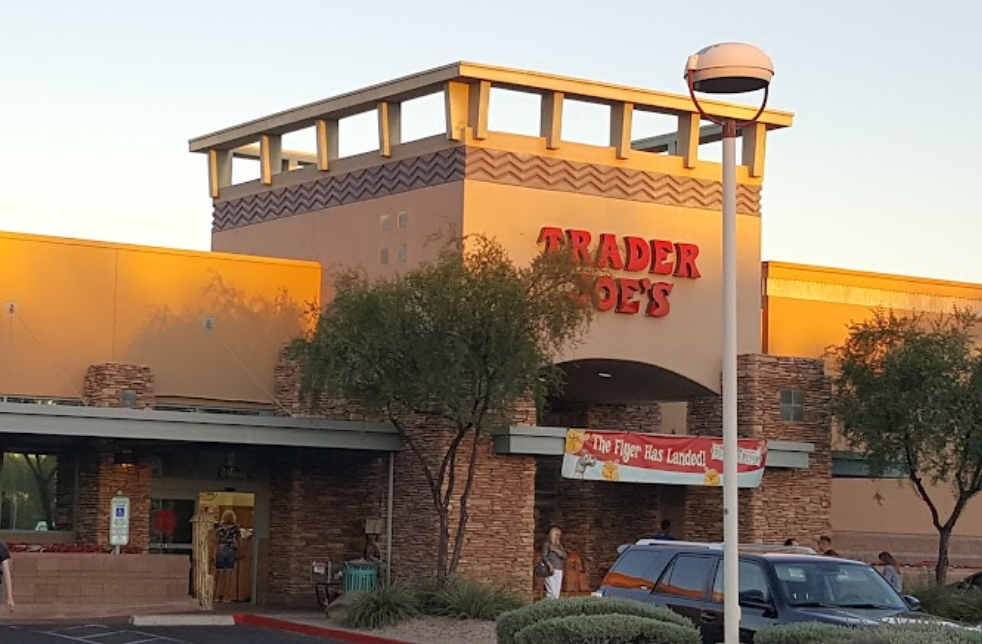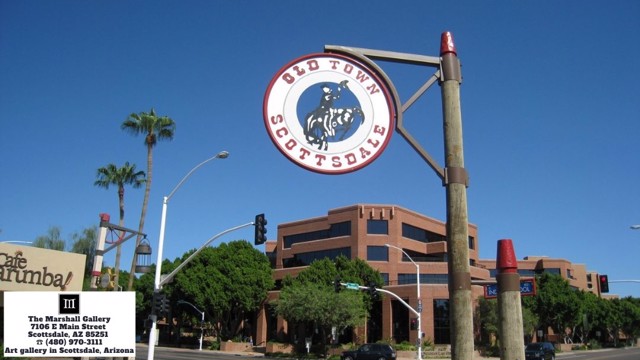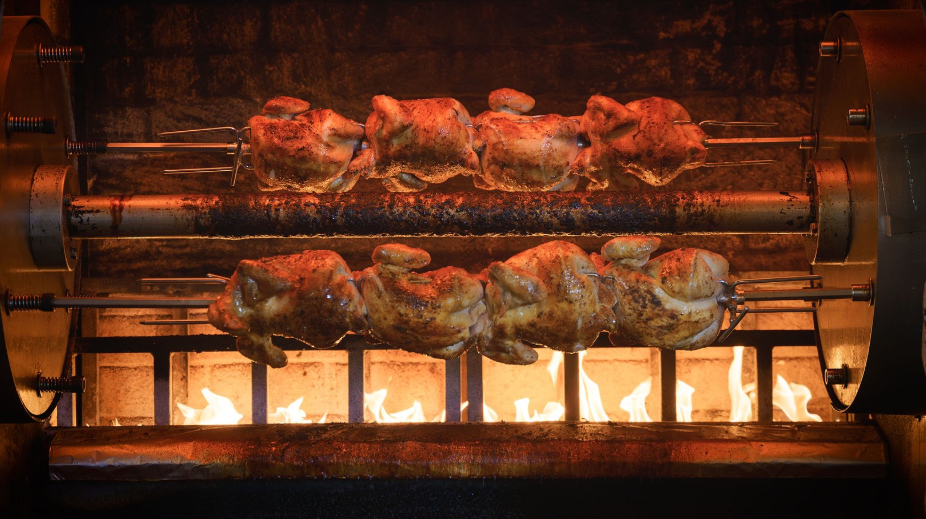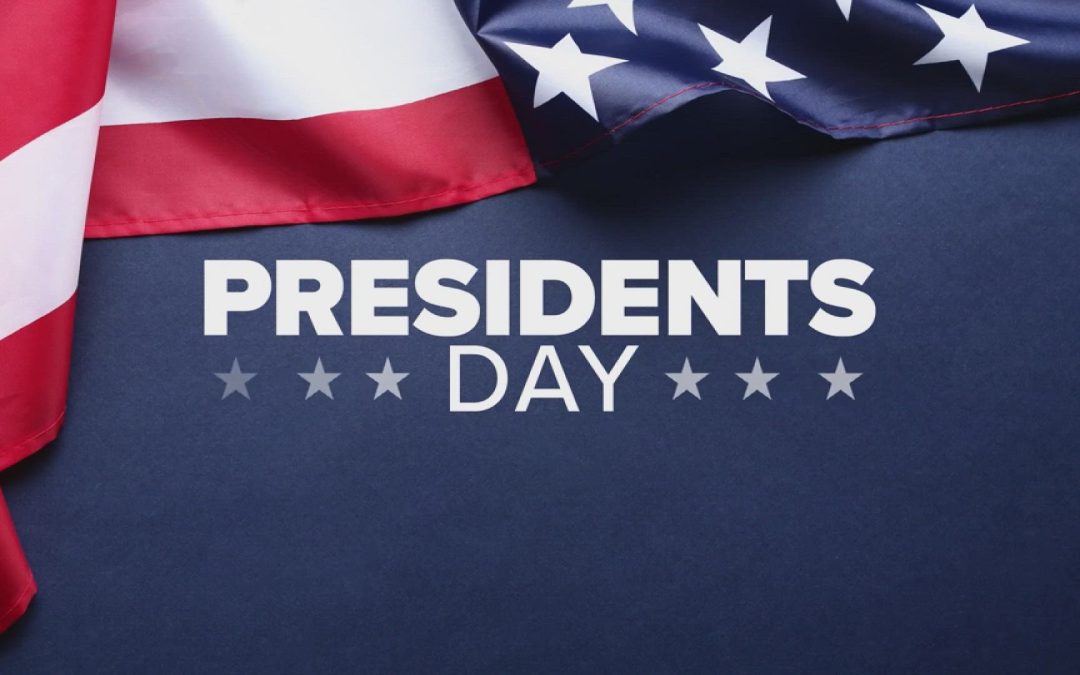Christmas is a holiday steeped in history, tradition, and cultural significance. Its origins can be traced back to ancient pagan celebrations that marked the winter solstice when communities rejoiced in the return of longer days and the promise of spring. Over centuries, Christmas has evolved into a multifaceted celebration encompassing religious, cultural, and familial elements. From the early Christian church’s attempts to establish December 25 as the birth date of Jesus to the modern-day festivities filled with lights, decorations, and gift-giving, the history of Christmas is rich and diverse.
In Scottsdale, Arizona, the holiday season takes on a unique flavor that reflects the city’s blend of cultures and traditions. The warm desert climate contrasts with traditional snowy Christmas imagery, yet Scottsdale embraces the season’s spirit through various local customs and celebrations. This article delves into the origins of Christmas traditions and how they have evolved, highlighting how different cultures celebrate this beloved holiday in Scottsdale.
The Origins of Christmas
The roots of Christmas can be traced back to ancient pagan festivals celebrating the winter solstice. These early celebrations honored various deities and involved feasting, merriment, and rituals to ensure fertility and good fortune for the coming year. As Christianity spread throughout Europe, church leaders sought to convert pagan populations by integrating their traditions into Christian practices. In the 4th century, Pope Julius I declared December 25 as the official date for celebrating the birth of Jesus Christ, aligning it with existing pagan festivities to facilitate conversion.
The choice of December 25 was strategic; it coincided with various winter solstice celebrations, such as Saturnalia in Rome and Yule among Germanic tribes. These festivals featured feasting, gift-giving, and communal gatherings—elements later integral to Christmas celebrations. Over time, as Christianity became more established in Europe, Christmas began taking on distinct characteristics that blended religious significance and cultural practices.
Evolution of Christmas Traditions
As centuries passed, Christmas became a widely celebrated holiday marked by various traditions. In medieval England, for example, Christmas became a twelve-day festival filled with revelry that included plays, music, and extravagant feasts. The celebration often featured a “Lord of Misrule,” who presided over festivities that turned social norms upside down. This period also saw the introduction of caroling and nativity plays as ways to celebrate the birth of Christ.
The Victorian era brought significant changes to Christmas traditions as well. The publication of Charles Dickens’s “A Christmas Carol” in 1843 played a pivotal role in shaping modern perceptions of Christmas as a time for family gatherings and charitable giving. The introduction of Christmas cards in England during this period further solidified the holiday’s emphasis on connection and goodwill among friends and family.
In addition to these changes, various European customs emerged, eventually forming into American celebrations. For instance, decorating trees became popularized in Germany during the 16th century before spreading to other parts of Europe and America. Hanging stockings by the fireplace also has its roots in European folklore surrounding St. Nicholas—a figure who would later evolve into Santa Claus.
Cultural Celebrations in Scottsdale
In Scottsdale, Arizona, Christmas is celebrated with a unique blend of traditional customs and local flair. The city’s warm climate allows for outdoor festivities embracing holiday cheer and the beauty of the desert landscapes. Local events often include festive parades featuring dazzling lights and decorations that showcase Scottsdale’s vibrant community spirit.
One notable tradition in Scottsdale is the annual “Scottsdale’s Ultimate Christmas Experience,” which combines holiday markets with family-friendly activities such as ice skating under palm trees and visits from Santa Claus. This event highlights local artisans who sell handmade crafts and festive treats while providing entertainment for all ages.
Moreover, many residents incorporate their cultural backgrounds into their Christmas celebrations. For instance, families may blend Mexican traditions such as Las Posadas—a reenactment of Mary and Joseph’s search for shelter—with more mainstream American customs like decorating trees or exchanging gifts. This fusion creates a rich tapestry of experiences that reflect Scottsdale’s diverse population.
The history of Christmas is a fascinating journey through time that showcases how traditions have evolved from ancient pagan rituals to modern-day celebrations filled with joy and community spirit. As cultures intertwine around this beloved holiday, places like Scottsdale demonstrate how local customs can enrich traditional practices while fostering a sense of belonging among residents.
For those interested in exploring more about how Christmas is celebrated specifically in Scottsdale—complete with recipes, decorations, and family fun—click on The Ultimate Christmas Experience in Scottsdale: Recipes, Decorations, and Family Fun. This offers insights into local events that capture the essence of this festive season while celebrating community ties during one of the most cherished times of the year.
Sources: simpletoremember.com, en.wikipedia.org, parade.com, study.com
Header Image Source: experiencescottsdale.com

